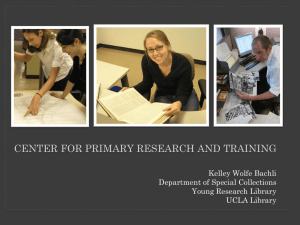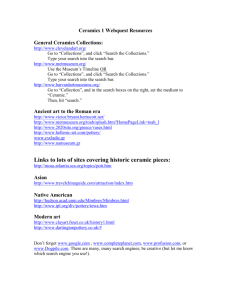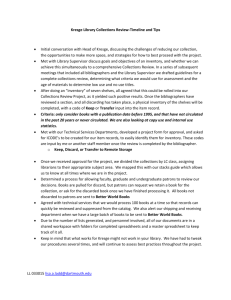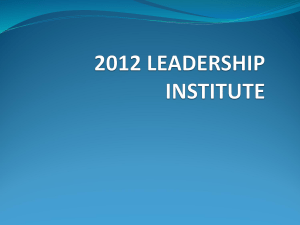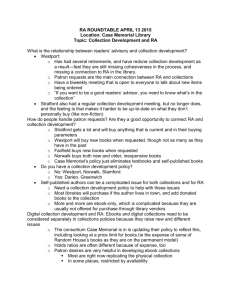SummaryKislakstr.adv.quesREVISED
advertisement
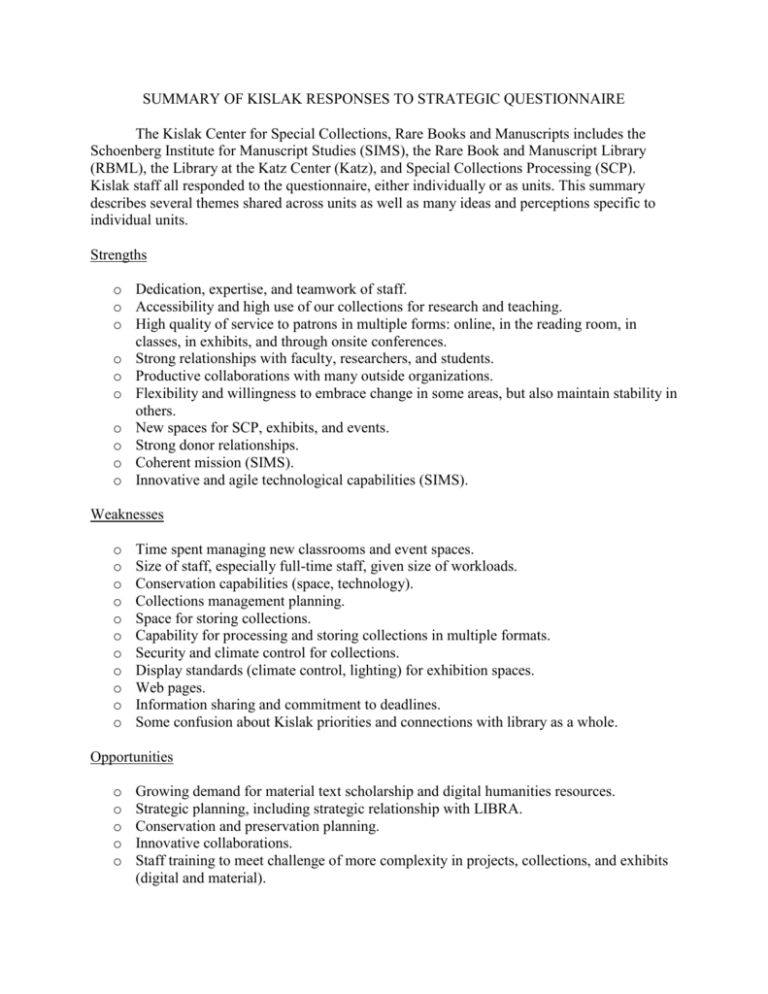
SUMMARY OF KISLAK RESPONSES TO STRATEGIC QUESTIONNAIRE The Kislak Center for Special Collections, Rare Books and Manuscripts includes the Schoenberg Institute for Manuscript Studies (SIMS), the Rare Book and Manuscript Library (RBML), the Library at the Katz Center (Katz), and Special Collections Processing (SCP). Kislak staff all responded to the questionnaire, either individually or as units. This summary describes several themes shared across units as well as many ideas and perceptions specific to individual units. Strengths o Dedication, expertise, and teamwork of staff. o Accessibility and high use of our collections for research and teaching. o High quality of service to patrons in multiple forms: online, in the reading room, in classes, in exhibits, and through onsite conferences. o Strong relationships with faculty, researchers, and students. o Productive collaborations with many outside organizations. o Flexibility and willingness to embrace change in some areas, but also maintain stability in others. o New spaces for SCP, exhibits, and events. o Strong donor relationships. o Coherent mission (SIMS). o Innovative and agile technological capabilities (SIMS). Weaknesses o o o o o o o o o o o Time spent managing new classrooms and event spaces. Size of staff, especially full-time staff, given size of workloads. Conservation capabilities (space, technology). Collections management planning. Space for storing collections. Capability for processing and storing collections in multiple formats. Security and climate control for collections. Display standards (climate control, lighting) for exhibition spaces. Web pages. Information sharing and commitment to deadlines. Some confusion about Kislak priorities and connections with library as a whole. Opportunities o o o o o Growing demand for material text scholarship and digital humanities resources. Strategic planning, including strategic relationship with LIBRA. Conservation and preservation planning. Innovative collaborations. Staff training to meet challenge of more complexity in projects, collections, and exhibits (digital and material). o o o o o o Implementing and possibly expanding Aeon; adjusting to Kuali OLE and RDA. More online access to collections (finding aids, Penn Provenance project). New means of public communication (social media, e-pubs). Growing demand for open data. Staff training in security and public safety. Specific ideas: become collections-based center for digital humanities; develop Fellows program further; add Shakespeare curator; bring in visiting conservation instructors; create database for storing item-level information from past exhibits; run symposium for creating national library exhibition standards. Threats o o o o o o Fast pace of growth. Too much demand and not enough capacity or flexibility to meet it? Not enough physical space for future growth? Lack of technological independence; infrastructure too slow. Not enough downtime to create new ideas or help patrons think through big projects. Many competing priorities.



